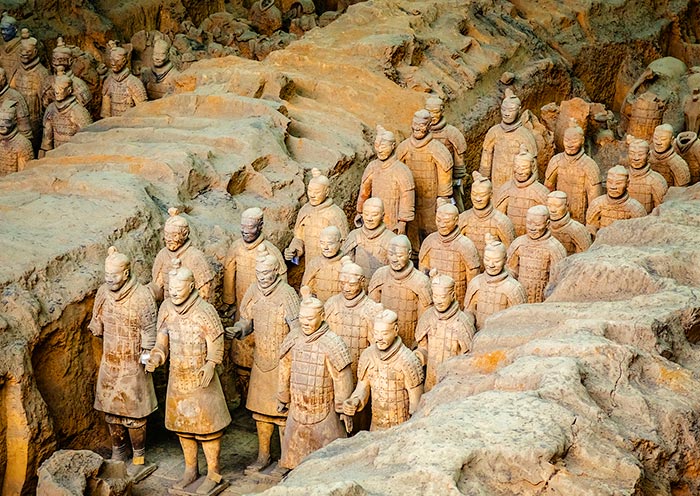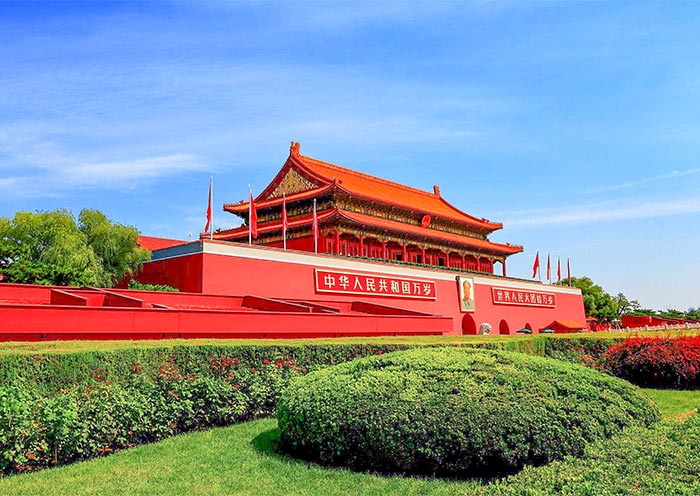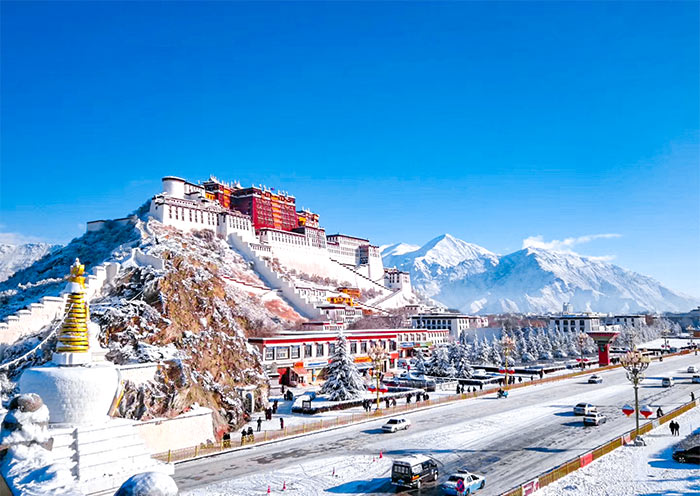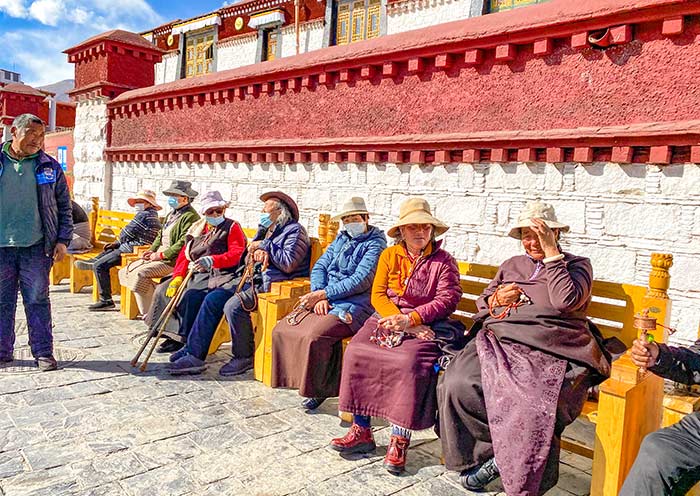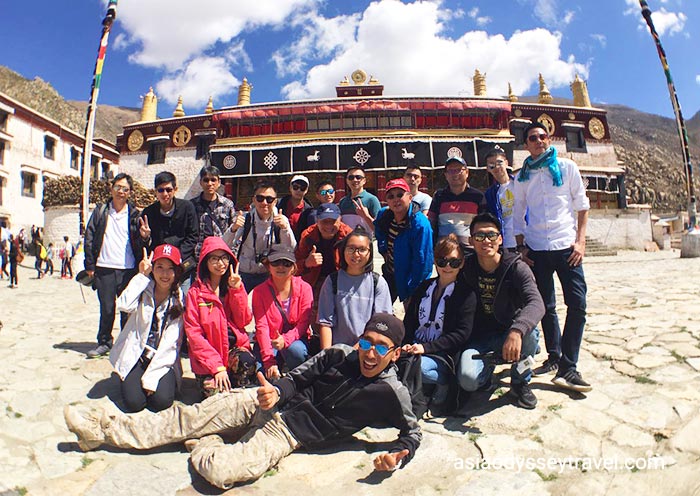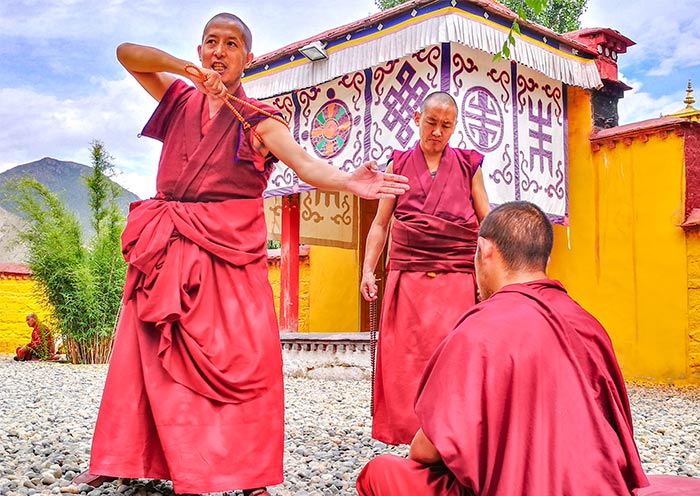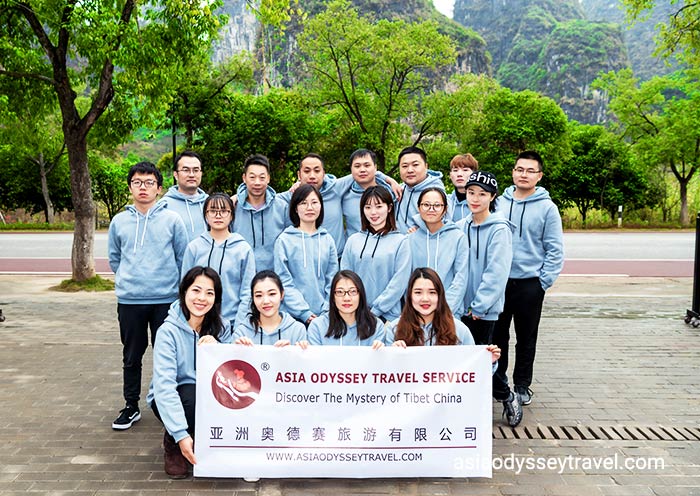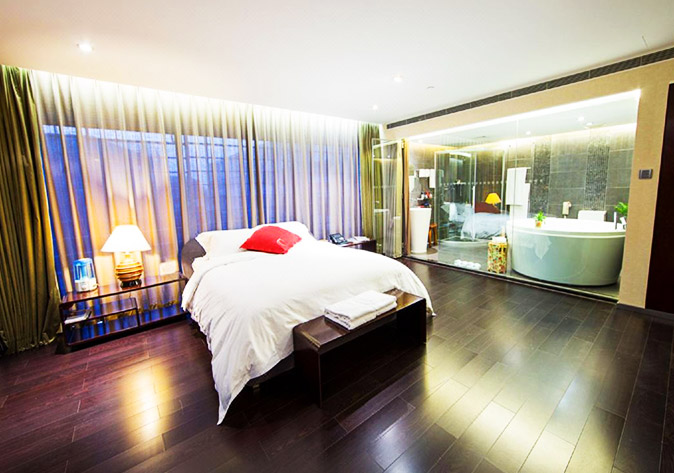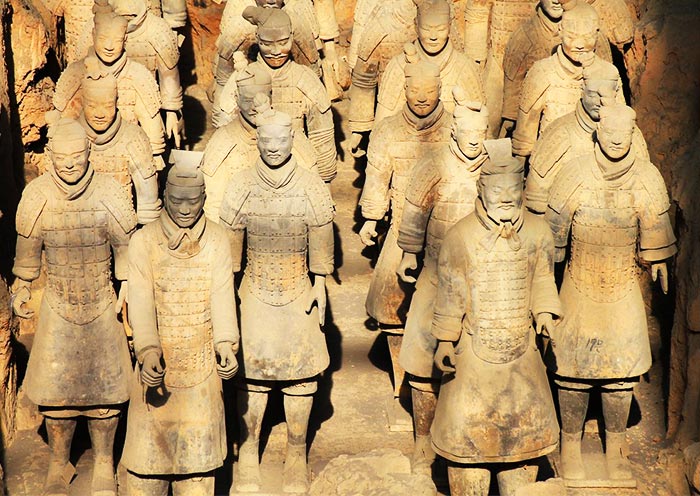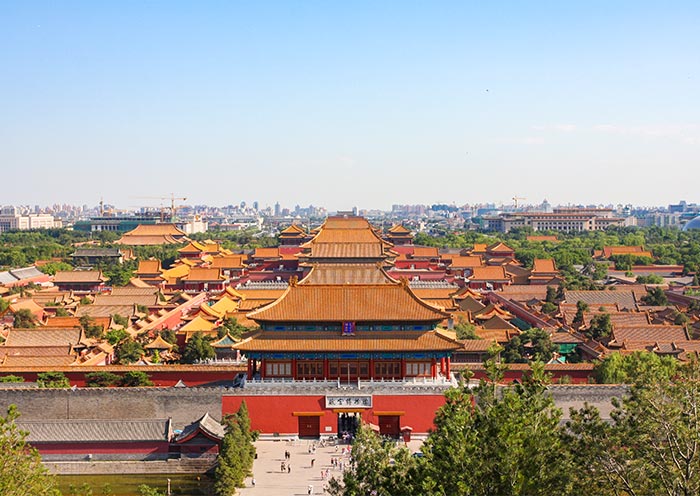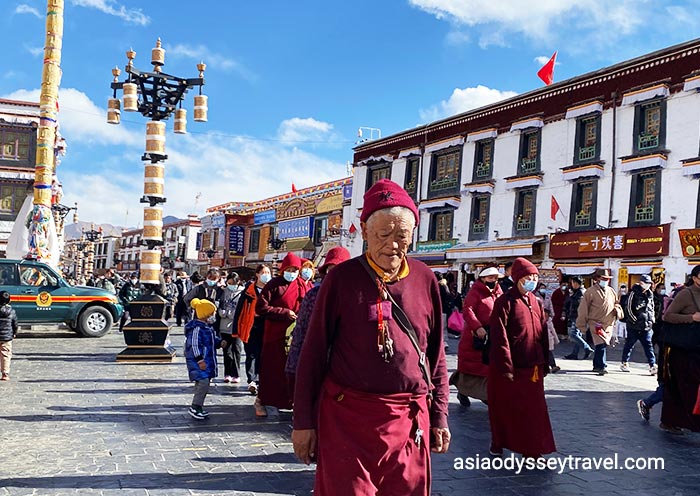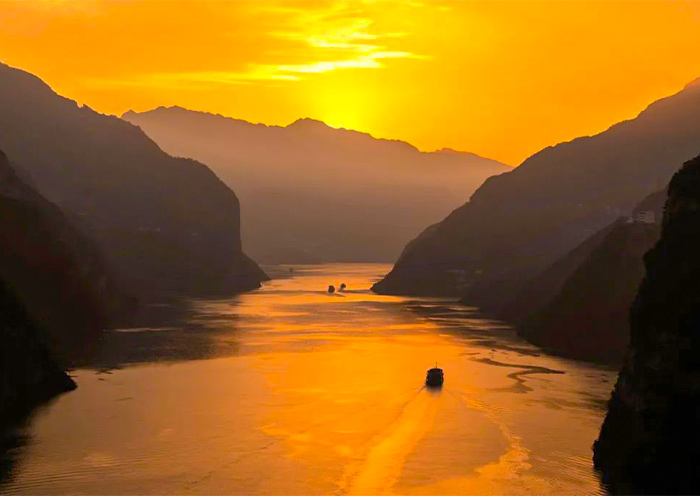Today you will explore Lhasa with two world heritages for its brilliant architectures, culture, and history, then you can stroll through the famous Barkhor Street with locals and experience the daily kora life of Tibetans.
In the morning, you can walk into Potala Palace, the traditional residence and winter palace of the Dalai Lama (1649-1959). It takes 365 steps from potala gate to reach the Red Palace which is the highest palace in the world at an altitude of 3700m. Through the principal halls, chapels, and shrines of past Dalai Lamas in the Red Palace, you will be astonished and touched by its remarkable paintings, gorgeous jeweled works, skilled carving, colorful ornamentation, and the mystery stories behind the treasures. Inside the Potala Palace you will meet lots of Tibetan pilgrims who come all the way from afar to this sacred site to pray as their life time destination. You can also ask your guide to share more information about Songtsen Gampo, the 33rd king of Tibet, who first build the Potala Palace in the 7th century for his marriage to Princess Wencheng of the Tang Dynasty. (Note: We will adjust the visit order due to the visiting time of your Potala Palace ticket. All visitors must visit the Potala Palace with a tour group while staying inside for an hour. No photo inside.)
After exploring the Potala Palace Museum, the picture behind the 50 RMB, you can move to the 1300-year-old Jokhang Temple, the spiritual center of Tibet and a world cultural heritage site. It is said that the Jokhang Monastery is built for King Songtsen Gampo's two brides: Chinese Princess Wencheng and Nepal Princess Bhrikuti. "Jokhang" means "House of Buddha", it houses the statue of the life-size 12-year-old Sakyamuni which is the treasure of the Buddhism world. That is why Buddhist pilgrims take it as the holiest destination. The time seems to stand still when you watch them pray in front of the temple during the day and night.
Then you can take a walk to the busy Barkhor Street near the Jokhang Monastery, which was a place for Buddhists to do a kora (pilgrim circuit) in ancient times. Nowadays, it become a thriving local market where you can drink a pot of yak butter tea, dress in Tibetan clothes for photos, and pick up some local Tibetan, Nepalese, and Indian handicrafts and souvenirs.





